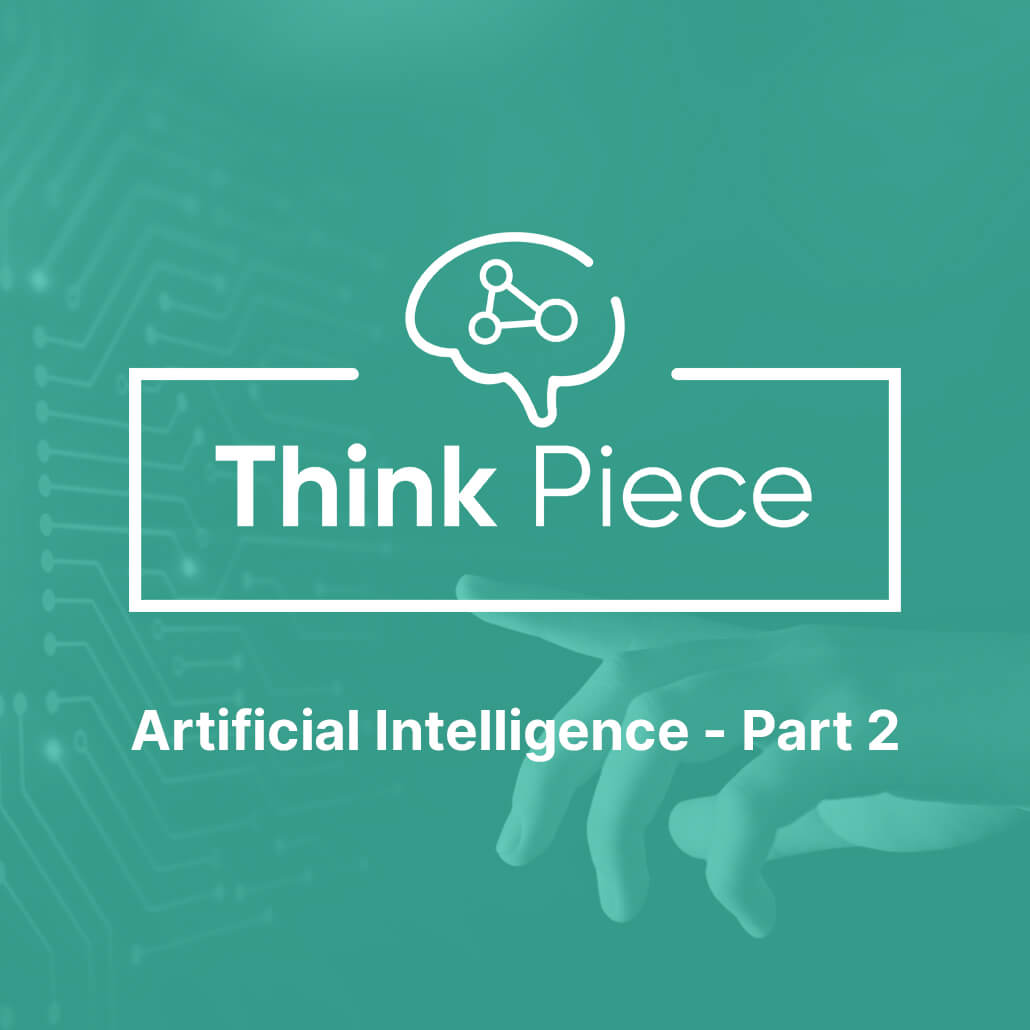‘Procurement of IT must follow circular principles’
‘Procurement of IT must follow circular principles’
Sustainability is taking on an increasingly important role in the boardroom. So much so that CIOs and IT managers need to revamp their IT procurement strategy to add environmental impacts and align it with circular economy principles.
That’s the message from Eco-Friendly Web Alliance, in a recent opinion piece in ComputerWeekly.com. The growing digital carbon footprint is virtually absent from organizations’ digital transformation strategies, say the authors Shane Herath and Pablo José Gámez-Cersosimo. Greenhouse gas emissions for and from digital products and processes have now surpassed those of the global aviation and maritime industries, according to the authors. They argue that the absence of environmental impacts in digital transformation strategies is not good and call on IT management to change that.
Making IT more circular
If the principles of the circular economy do get followed in IT procurement, then behavioral change will result leading to “reduce, reuse and recycle” hardware. It will also reduce the amount of digital waste by reusing, repairing, remanufacturing and refurbishing IT assets and digital equipment. “Extracting metals and minerals to produce new devices is not sustainable,” the authors say. “The vast majority of greenhouse gas emissions are caused during the manufacturing process of the devices. Extending the life of IT devices is a very important step in reducing the digital environmental impact.
The authors list eight steps to make IT purchasing and use more circular:
- Practice responsible consumption.
- Reduce e-waste through reuse, repair, remanufacturing and refurbished IT assets.
- Extend the life of existing equipment and infrastructure as long as possible.
- Repair equipment and systems instead of throwing them away.
- Purchase refurbished and remanufactured IT hardware.
- Purchase repairable devices.
- Use IT hardware that is ultimately recyclable.
- Design software that requires less hardware.
The authors conclude by calling for organizations to start measuring the carbon impact of their digital equipment on an annual basis to identify and continue to track the circularity of their IT equipment. Measurements should cover the percentage of refurbished equipment, the energy efficiency of PCs, laptops and servers, how many years the life cycle of devices has been extended and the percentage of use of renewable energy sources.







